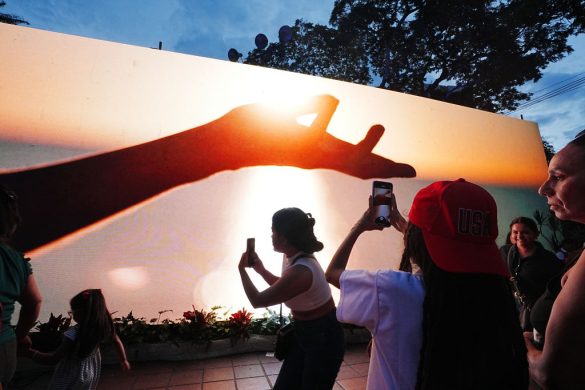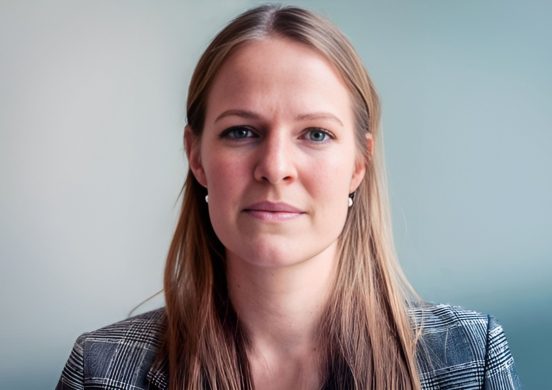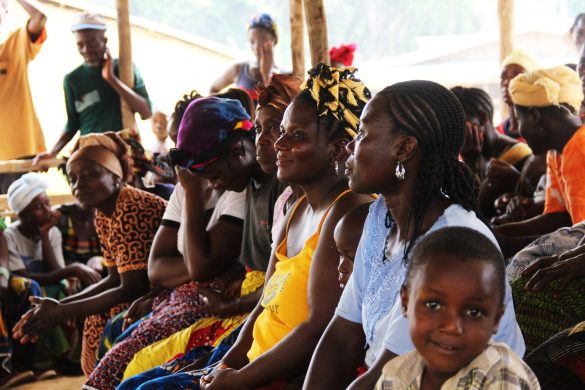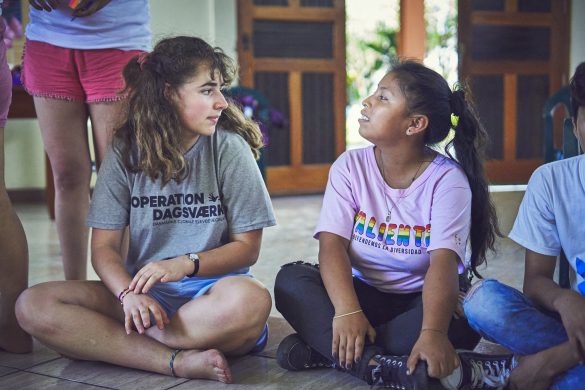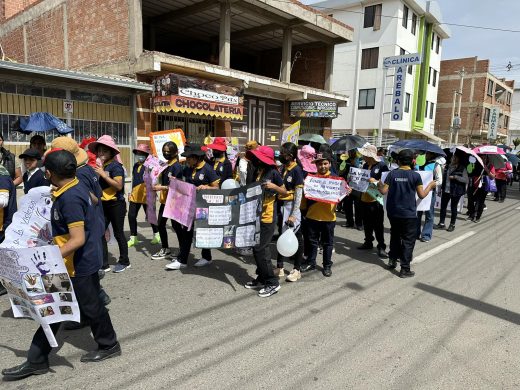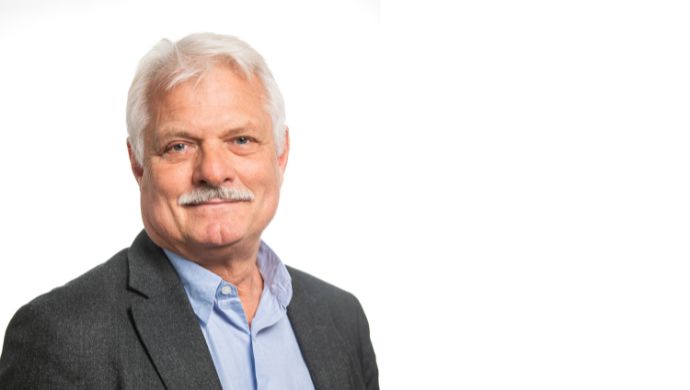Det er ikke uproblematisk at sige farvel til afsondrede, store langtidslejre. Selvom byerne kan byde på beskæftigelse, og flygtninge ofte føler sig mere hjemme i bymæssige områder. De kenyanske myndigheder har lige beordret mellem 45.000 og 100.000 flygtninge i Nairobi tilbage til deres lejre.
NOUAKCHOTT/DAKAR, 9 January 2013 (IRIN) – Sequestering refugees in rural camps is no longer the norm: The most recent estimates indicate that almost half of refugees flock to urban areas and just one third to rural camps, according to the UN Refugee Agency (UNHCR). But while agencies are adjusting their approaches, they are still struggling to match their response with their policies.
UNHCR has come a long way since 1997 when its refugee response approach implied that responding to refugees in towns and cities was to be avoided. In 2009 it committed to a policy that recognized the right of displaced people to move freely, stressing that its mandate to protect refugees is not affected by their location.
There are upsides to urban support. Refugees are more likely to find work (when permitted to do so by the local authorities) and become self-sufficient in urban settings, say agencies. Because of this, though start-up costs may be higher, these should diminish over the long term. It also makes more sense for a lot of refugees who were in any case displaced from urban settings, said Jeff Crisp, head of policy development and evaluation at UNHCR.
Kellie Leeson, urban refugee strategy focal point at the International Rescue Committee (IRC), told IRIN: “Typically refugees who come to urban centres do so to find jobs – that motivation and ambition should be applauded and should spark the question: how can we take advantage of that to help them survive on their own?”
Dominique Hyde, head of the UN Children’s Fund (UNICEF) in Jordan, said Syrian refugees benefited from being in urban settings: “It’s a positive. If you look at lessons learned from Iraqis in Jordan. Living conditions are more normal, you’re not in a camp setting, your movements are not restricted. Although it is more difficult to access them, they are aware through informal networks of how to access services. Urban settings are better settings for refugees.”
“If you have a camp setting, it’s easier to count people, to provide a school, to provide a health centre. But for refugees, being in their own apartment, and being able to take their own decisions with cash assistance is preferred,” she said.
Kenya
In Kenya, many of the 45,000-100,000 refugees in the capital Nairobi fled Kakuma and Dadaab camps because of insecurity and lack of employment opportunities.
Experience shows in long-term situations camp conditions progressively decline as donor interest wanes. “Even in a competitive environment like Nairobi, you can eke out a living somehow,” said Crisp.
But in December 2012 the Kenyan government ordered Nairobi-based refugees to return to Kakuma and Dadaab, following a spate of attacks in Kenya’s northeastern Somali region and in the capital, Nairobi.
IRC has found that when it comes to creating opportunities for refugees in urban settings, programmes work best when they target both host populations and refugees. This was clearly the case in Nairobi where they teamed up with NIKE which runs a micro-franchise programme to train women aged 17-19 to set up small businesses.
“We’re trying to build networks so that it isn’t about isolated groups but refugees can engage with the host communities,” said Leeson.
“Obviously refugees will have specific protection issues but in general what they want is employment, health and education – that’s what everyone wants, right?”
The difficulty is where to draw the line between responding to refugee needs and solving the problems of the urban poor, says UNHCR’s Crisp. Refugees tend to settle among other poor and vulnerable communities, including migrants, irregular migrants and rejected asylum seekers, each of which has critical needs.
Tensions are also easily raised if aid is directed at just one group.
Studies of Nairobi-based refugees have shown urban refugees often pay higher rents than Kenyans, and are charged more for public health services and education fees, according to the Overseas Development Institute’s Humanitarian Policy Group.
Inclusive programmes
In San Diego and New York City in the USA, IRC works with local authorities to access land for ex-refugees from Burkina Faso, Myanmar, Cameroon and all over, who have resettled, to grow urban gardens. So as not to aggravate tensions, and to promote inclusion, the programme invites locals to get involved too.
Responding in urban settings involves having to work with new partners, such as the municipal authorities, so that refugees are integrated into existing education and health systems, rather than creating parallel ones. “These [urban authorities] are new partners and we are in the early stages of engaging with them… it involves a big shift,” said Crisp.
Local authorities are not always open to addressing refugee needs, and may prioritize rural camps over urban-based aid, according to UNHCR.
Læs mere http://www.irinnews.org/Report/97203/REFUGEES-The-urban-challenge






